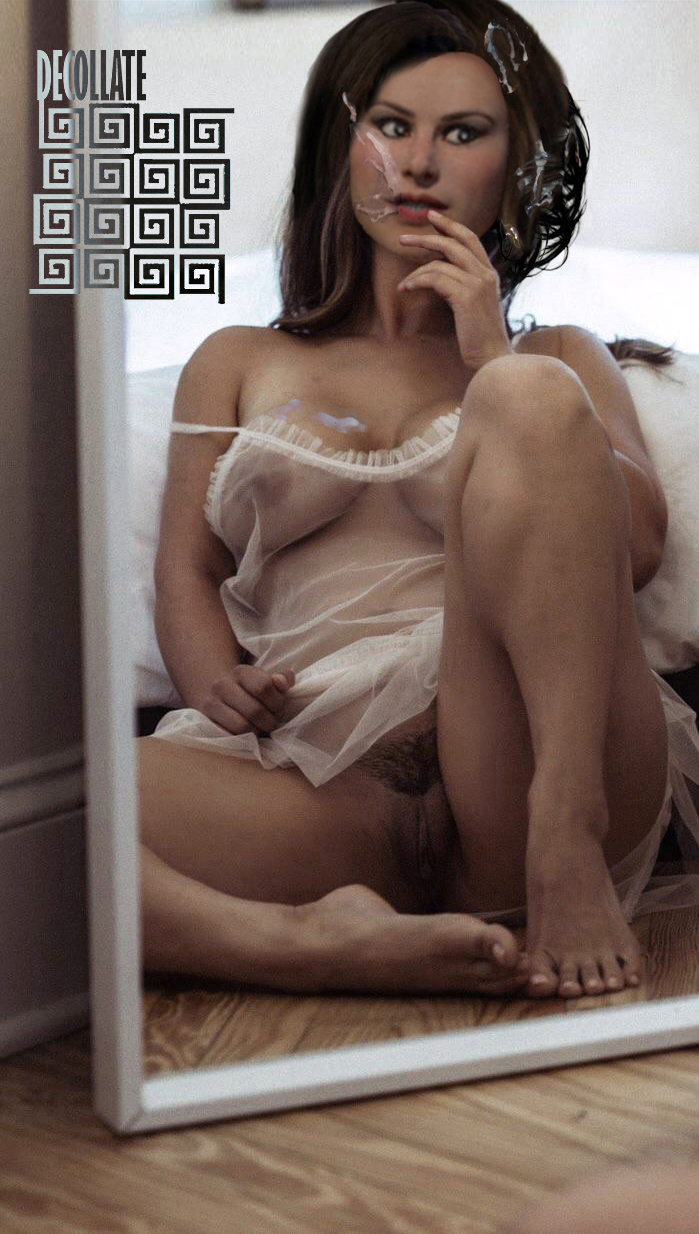Spoiled Flower- The Butterfly's Kiss
The
commissioner’s son was looking for his toy
And
was stunned at the doorstep.
He
breathed in a smell of damp wood and
soiled sheets
Death
bred in her sad yellow eyes.
Her
inflamed lids were peeled open,
Joyless,
vile, in meek obscenity.
Streams
of bitter smelling white dribbled down her tongue,
Pooling
at the base of her amethyst lips, still wet
He
heard a faint rustle in her flesh-
Ghastly
pale worms without mind or remorse flooded her black veins,
burrowing
everywhere greedily through their mouldering monument
Gorging
all they can eat and die, until eaten by the next behind
Swimming
in her clogged head like a brood of demons.
They
squirmed beneath her face, Animating her once divine features,
Until
death squirted out of her neck, from scars not meant for mourn.
The
cicadas returned him to this world.
It
was still summer, it was still his father's house.
But
his world had been reduced to a buzzing, waiting mass, hellish vermin
and their sacks of eggs. A world waiting to crawl over withered and
broken things, constantly biting and gnawing, trailing their slime
across aging things.
The wood he stood on, this room, his father's house, the floors, the walls, the roof breaking, every minute of everything has left, has long being claimed.
Infected, the boy did not blink.
He knows every time he closed his defiled eyes
There would sit every life’s final shame.
~
When I was in my death throes with my cancer last year I had a lot to contemplate about death, transience, impermanence.
When I read Henri Duday’s The Archaeology of the Dead: Lectures in Archaeothanatology (Oxbow Books 2009), I stumbled upon a black and white print of the same motive from the early 19th century Japan entitled “Voyages de la Mort” showing the decomposition of a corpse in 12 vignettes. In Japanese this motive is called kusôzu, lit. ‘images of the nine stages’ - a sort of Japanese Memento Mori.
The
scroll shows the stages of decomposition of the body of a woman,
beginning with her fully clothed body and ending with her bones being
eaten by dogs. The subject is an ancient Buddhist one, treating of
the transience of the physical body, but which later assumed didactic
functions relating to the proper conduct of women. In this example,
however, the theme is given a new and somewhat prurient twist by its
featuring of a prostitute as the subject. The work intersects with
the world of ‘erotic pictures’ (shunga) and gives a very useful
counterpoint for studying that genre. A prolific and versatile artist
trained in the traditional Kano school, Eitaku achieved success
rather through ukiyoe works and newspaper illustrations, but his
reputation in Japan is not yet as high as it should be. Like many
important artists whose careers straddled the end of the Edo period
and beginning of the Meiji era, Japanese scholars have found it
problematic to classify him.
My Buddhist and Catholic sides raging about permanence and impermanence of beauty...so I thought deeply about my Okinu, crazy thoughts. Damn good haunt.どうして欲しい?
~
~







Comments
Post a Comment